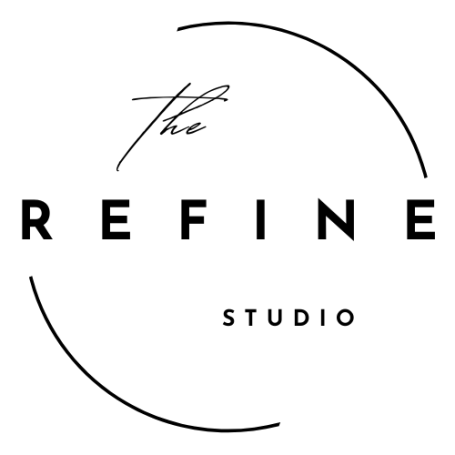Cryotherapy FAQs
Prior to any treatment being carried out, you will be required to complete a consultation form, containing personal details - in order for us to assure the treatment you have booked in for is suitable and not contra-indicated. This is also to ensure we are compliant with all insurance policies and that every treatment is carried out to the best of our ability.
What is Cryotherapy?
Cryotherapy is a minimally invasive treatment that is used to remove various skin lesions, including skin tags, warts/verrucae, sun spots, cherry angiomas and milia. The process uses Nitrous Oxide to freeze skin cells, is very safe, quick and effective.
What Can Be Treated?
Skin Tags
Cherry Angiomas
Flat pigmentation/Sun spots
Warts/Verrucae
Milia
*Please note I am not trained or insured to remove any kinds of moles from the face or body. These need to be treated by a medical professional.
Are There Any Contra-indications to Cryotherapy?
Clients with the following conditions are advised against Cryotherapy, unless prior consent from a medical professional has been given:
Diabetes (Type 1 and 2), Pregnancy, Hepatitis B and C, HTLV3, Auto-Immune Disease or a Compromised Auto-Immune System, Platelet Deficiency Diseases, Scleroderma, Reynaud's, Myeloma, Cold Urticaria, Kidney Disease
Clients taking any of the following medication regularly are advised to seek consent from their GP before Cryotherapy treatment:
Antihistamines, Anticoagulants, NSAIs (Aspirin, Ibuprofen, Naproxen etc), Immunosuppressants, Chemotherapy, Appetite Suppressants
What Should I Expect During Treatment?
A small device is used to pinpoint the flow of Nitrous Oxide onto the lesion, freezing the tissue down to -27 degrees and causing necrosis of the unwanted lesion. The procedure generally only takes a couple of minutes and is relatively pain free for most. Warts and verrucae take a little longer and can be slightly more painful, due to needing to get the full depth of the lesion, and a second treatment is always needed 4 weeks after the first.
Straight after treatment the area treated will look red and possibly raised and the area can feel itchy due to the natural histamine response of the skin. Depending on what is being treated and where, a small blister or scab can form in the hours/days following treatment
What Should I Expect After Treatment?
Straight after treatment the area treated will look red and possibly raised and the area can feel itchy due to the natural histamine response of the skin. Depending on what is being treated and where, a small blister or scab can form in the hours/days following treatment
Is There Any Aftercare?
Healing is generally very straightforward and full healing for most is seen 4-6 weeks following treatment. The following recommendations apply to ensure full healing:
The area must not be touched, scratched or picked following treatment
No face/body scrubs to be used on the area until fully healed
Area treated must not be exposed to extreme sunlight for at least 6 weeks
If irritation occurs during healing the lesion can be covered with a plaster
It is recommended to use sun block (factor 50) to protect treated areas
We need your consent to load the translations
We use a third-party service to translate the website content that may collect data about your activity. Please review the details in the privacy policy and accept the service to view the translations.

